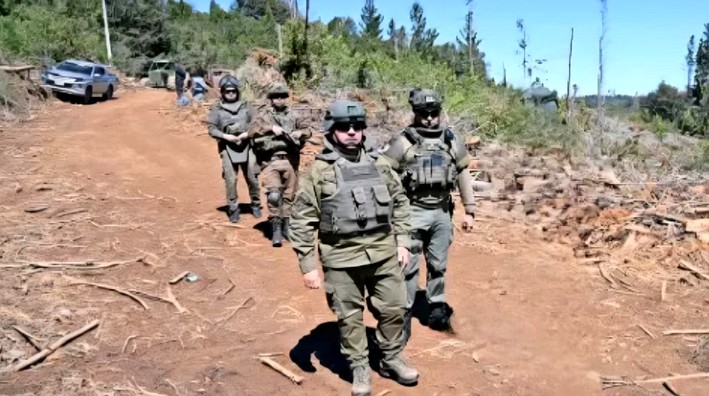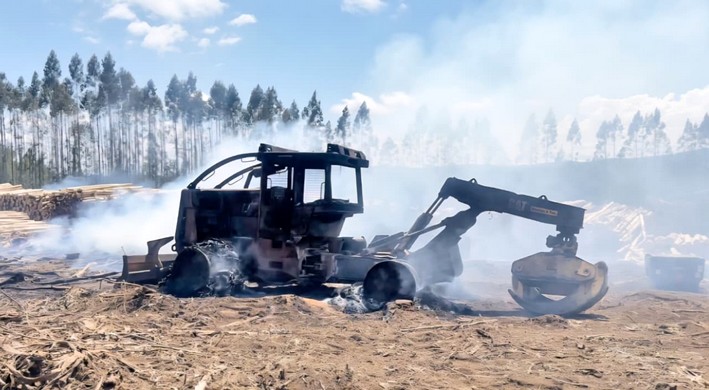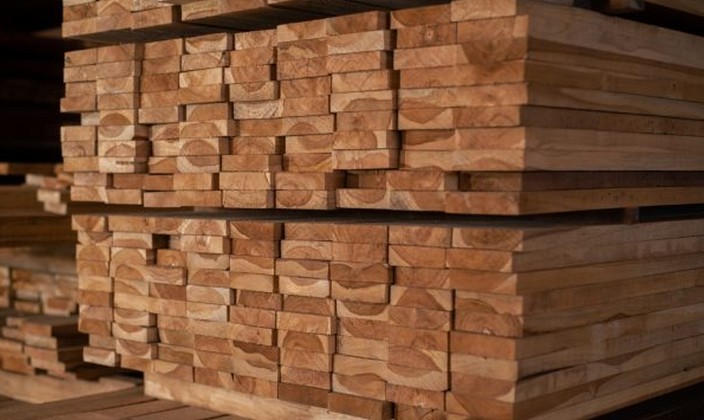What Wildfires and Floods Do NOT Have in Common
A few days ago, we presented a report on the summer's events to the Investigative Commission on Wildfires in the Chamber of Deputies. It is paradoxical that we discuss the emergency caused by flames amid a new emergency—this time brought on by heavy rains and overflowing rivers.
Although these extreme weather events—which have devastated communities and wreaked havoc in the central and southern parts of our country—are influenced by climate change, there is a fundamental difference in their origin. While floods result from specific geophysical and meteorological conditions, wildfires are mostly caused by human negligence or intent.
According to CONAF statistics, nearly 7,000 wildfires were recorded across the country last season, over a third of which were intentional, and more than a thousand remain of unknown origin or cause. The problem is especially severe in regions like Biobío and La Araucanía, where over 60% of wildfires are intentional, and some municipalities report 80% or even 90% of fires being deliberately set.
The data speaks for itself: The regions with the highest rates of intentional wildfires with known causes in the country are Biobío, with 1,177 emergencies, and La Araucanía, with 815. In the former, the municipalities with the highest number of intentional fires are Curanilahue (184), Tomé (159), Los Álamos (196), Lebu (161), Los Ángeles (176), and Mulchén (127). Meanwhile, in La Araucanía, intentionality is highest in Collipulli (223), Galvarino (64), Lumaco (80), Angol (97), and Ercilla (76).
That is why, when discussing wildfire legislation, we believe it is necessary to broaden our perspective and understand that the focus should not solely be on response and firefighting strategies. Instead, we must prioritize prevention and take measures to stop people from causing fires—whether through negligence or intent.
We must look at what is happening today in the northern hemisphere, with heatwaves surpassing records of the last 100 years, and take the necessary steps to prevent a tragedy that—unlike floods—we can anticipate.
The State of Emergency declared on February 3rd reduced the number of wildfires from 90 to 40 in a single day. Unfortunately, this measure was enacted when 80% of the damage had already been done. Today, technology allows us to predict extreme weather conditions weeks in advance—conditions that favor the occurrence and spread of wildfires. There are no excuses for not having a strategy that enables a coordinated response to mobilize resources in a timely manner and prevent or mitigate the damage from this emergency.

















